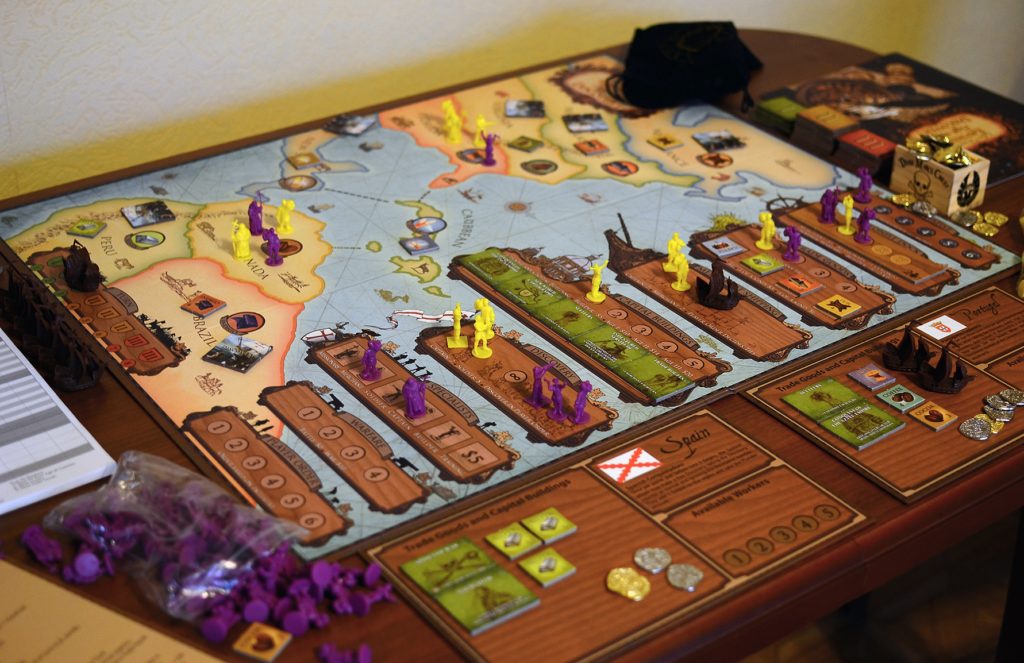Now that I have created several board game conversions in Unity, I thought that it might be useful to create a tutorial that describes the process that I go through to make a game.
In this tutorial, I’ll start with a common set of code from prior games and some basic art. I’ll create a new Unity project, import all the reuse code and plugins that I use, and make a complete game.
There is a set of videos to go along with this post which show all the steps that I perform in the Unity game builder.
I’ve also saved my Unity project at a few points along the way so that you can skip ahead or make sure that your project matches mine.
In this post, I’m going to cover all the reuse code and the reasoning behind it. I’ll setup the project, import all the plugins, scripts and assets that I’ll need. Then I’ll build the main menu.
In the next post, I’ll build the UI for the game itself and create the scripts for modeling the game. In the third and final part, I’ll add game control events and animations. Continue reading “Board game programming tutorial”




